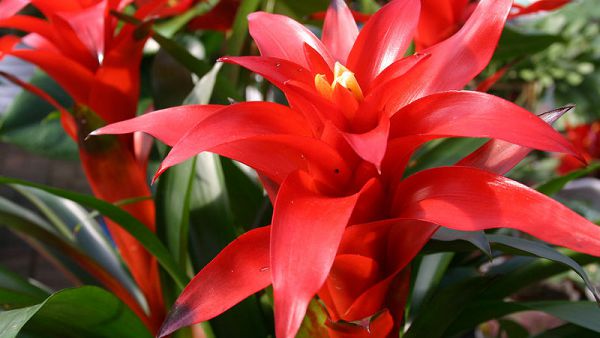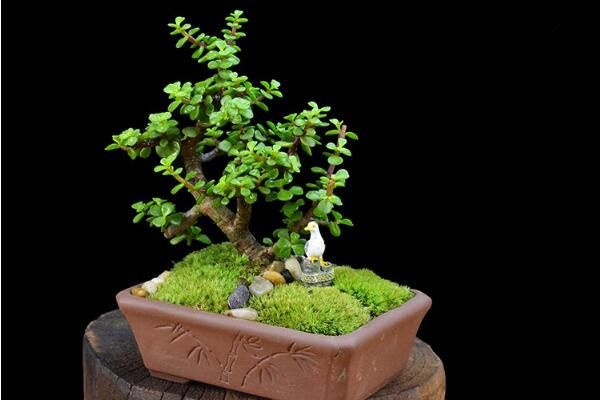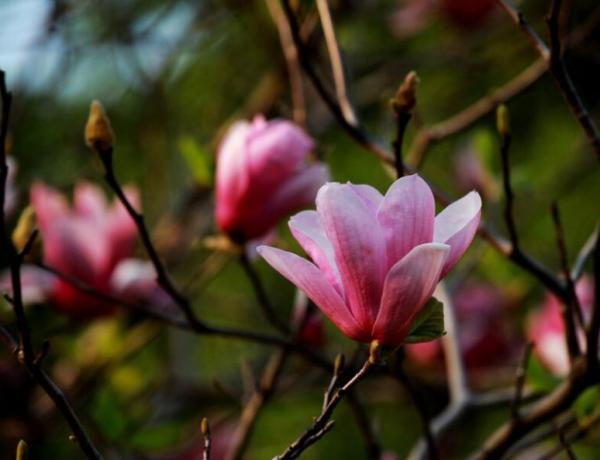Breeding methods and matters needing attention at the head of Hongyun

The cultivation of red luck requires the selection of loose, fertile and well-drained soil types. Red luck is at the head of the sun, and it needs to be cultured in the sunny place, and its most suitable growth temperature is about 20 ℃. Watering should be appropriate, do not produce stagnant water, and fertilizers should be applied regularly. Breeding red luck requires the replacement of disposable potted soil every 1-2 years.
1. Soil selection
The cultivation of red luck requires the selection of loose, fertile and well-drained soil types, and it is best to choose slightly acidic soil rich in humus for aquaculture. When preparing the soil by yourself, it can be prepared with a mixture of rotten leaf soil, sandy soil and garden soil. The soil needs to be disinfected once before planting.
2. Light temperature
Red luck is the head of the sun, it has a very high demand for light, it is best to keep it in the sun, and shade measures should be taken in summer to avoid strong light to burn plants. Hongyudang likes to grow in a warm environment, and its most suitable growth temperature is about 20 ℃. It should be moved back to indoor heat preservation in winter to avoid frostbite.
3. Application of water and fertilizer
The cultivation of red luck requires reasonable watering to keep the soil in a slightly moist state to help the plant grow, but not to produce stagnant water. The growth of red luck is inseparable from sufficient nutrients, and thin liquid fertilizer can be applied every 20 days during the plant growth period. The application of appropriate amount of phosphorus and potassium fertilizer before flowering is beneficial to flowering.
4. Points for attention
The cultivation of Hongyun needs to loosen the soil regularly to avoid soil consolidation, resulting in the root of the plant can not be breathable, and a new basin soil needs to be replaced every 1-2 years, which can make it grow better. When maintaining Hongyun, we should pay attention to prevent diseases and insect pests, and usually strengthen ventilation to give the plant a good growth environment.
Related
- Fuxing push coffee new agricultural production and marketing class: lack of small-scale processing plants
- Jujube rice field leisure farm deep ploughing Yilan for five years to create a space for organic food and play
- Nongyu Farm-A trial of organic papaya for brave women with advanced technology
- Four points for attention in the prevention and control of diseases and insect pests of edible fungi
- How to add nutrient solution to Edible Fungi
- Is there any good way to control edible fungus mites?
- Open Inoculation Technology of Edible Fungi
- Is there any clever way to use fertilizer for edible fungus in winter?
- What agents are used to kill the pathogens of edible fungi in the mushroom shed?
- Rapid drying of Edible Fungi



